4-Chloro-2,3-dimethylpyridine 1-oxide
- CAS NO.:59886-90-7
- Empirical Formula: C7H8ClNO
- Molecular Weight: 157.6
- MDL number: MFCD06411125
- EINECS: 611-910-8
- SAFETY DATA SHEET (SDS)
- Update Date: 2024-12-03 16:17:04
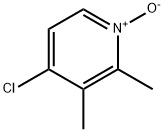
What is 4-Chloro-2,3-dimethylpyridine 1-oxide?
Chemical properties
Pale Yellow Solid
The Uses of 4-Chloro-2,3-dimethylpyridine 1-oxide
An intermediate in the synthesis of rabeprazole (R070500).
Synthesis
83.0 g (0.49 mol) of 4-nitro-2,3-dimethylpyridine N-oxide and 90 g (1.54 mol) of NaCl were admixed with 1350 ml of CH3CN, 180 ml of aq. HCl (36%) and 16.6 g of benzyltributylammonium chloride, and the resulting suspension was boiled under reflux with stirring for 12 h. The resulting reaction mixture was adjusted to PH=9 using 350 ml of 20% NaOH, wherefor the existing precipitate largely dissolved. The organic phase was separated off, water was added to the aqueous phase until the precipitate had completely dissolved, and it was subsequently extracted using dichloromethane. The organic phases were combined and the solvent was removed under reduced pressure. 76.6 g (98.5%) of 4-Chloro-2,3-dimethylpyridine 1-oxide were obtained.
Properties of 4-Chloro-2,3-dimethylpyridine 1-oxide
| Melting point: | 103-105°C |
| Boiling point: | 338.5°C |
| Density | 1.19 |
| vapor pressure | 0.346Pa at 25℃ |
| Flash point: | 158.5°C |
| storage temp. | Room temperature. |
| solubility | Chloroform (Slightly), Methanol (Slightly) |
| form | Solid |
| pka | 1.28±0.10(Predicted) |
| color | Pale Yellow to Light Beige |
| CAS DataBase Reference | 59886-90-7(CAS DataBase Reference) |
Safety information for 4-Chloro-2,3-dimethylpyridine 1-oxide
| Signal word | Warning |
| Pictogram(s) |
 Exclamation Mark Irritant GHS07  Health Hazard GHS08 |
| GHS Hazard Statements |
H315:Skin corrosion/irritation H319:Serious eye damage/eye irritation H341:Germ cell mutagenicity |
| Precautionary Statement Codes |
P201:Obtain special instructions before use. P202:Do not handle until all safety precautions have been read and understood. P264:Wash hands thoroughly after handling. P264:Wash skin thouroughly after handling. P280:Wear protective gloves/protective clothing/eye protection/face protection. P302+P352:IF ON SKIN: wash with plenty of soap and water. P305+P351+P338:IF IN EYES: Rinse cautiously with water for several minutes. Remove contact lenses, if present and easy to do. Continuerinsing. P308+P313:IF exposed or concerned: Get medical advice/attention. P332+P313:IF SKIN irritation occurs: Get medical advice/attention. P337+P313:IF eye irritation persists: Get medical advice/attention. P405:Store locked up. |
Computed Descriptors for 4-Chloro-2,3-dimethylpyridine 1-oxide
4-Chloro-2,3-dimethylpyridine 1-oxide manufacturer
Integrin Life Sciences. Pvt. Ltd.
Raising Sun Pharma
New Products
(S)-3-Aminobutanenitrile hydrochloride 4-Methylphenylacetic acid N-Boc-D-alaninol N-BOC-D/L-ALANINOL Tert-butyl bis(2-chloroethyl)carbamate 3-Morpholino-1-(4-nitrophenyl)-5,6-dihydropyridin- 2(1H)-one Furan-2,5-Dicarboxylic Acid Tropic acid 1-Bromo-3,5-Di-Tert-Butylbenzene S-2-CHLORO PROPIONIC ACID ETHYL ISOCYANOACETATE 2-Bromo-1,3-Bis(Dimethylamino)Trimethinium Hexafluorophosphate 4-IODO BENZOIC ACID 3-NITRO-2-METHYL ANILINE 1-(2,4-DICHLOROPHENYL) ETHANAMINE (2-Hydroxyphenyl)acetonitrile 4-Bromopyrazole 2-(Cyanocyclohexyl)acetic acid 4-methoxy-3,5-dinitropyridine 1-(4-(aminomethyl)benzyl)urea hydrochloride 2-aminopropyl benzoate hydrochloride diethyl 2-(2-((tertbutoxycarbonyl)amino) ethyl)malonate tert-butyl 4- (ureidomethyl)benzylcarbamate Ethyl-2-chloro((4-methoxyphenyl)hydrazono)acetateRelated products of tetrahydrofuran


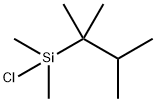

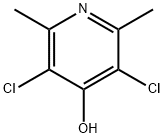


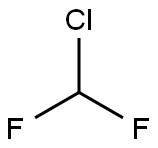
You may like
-
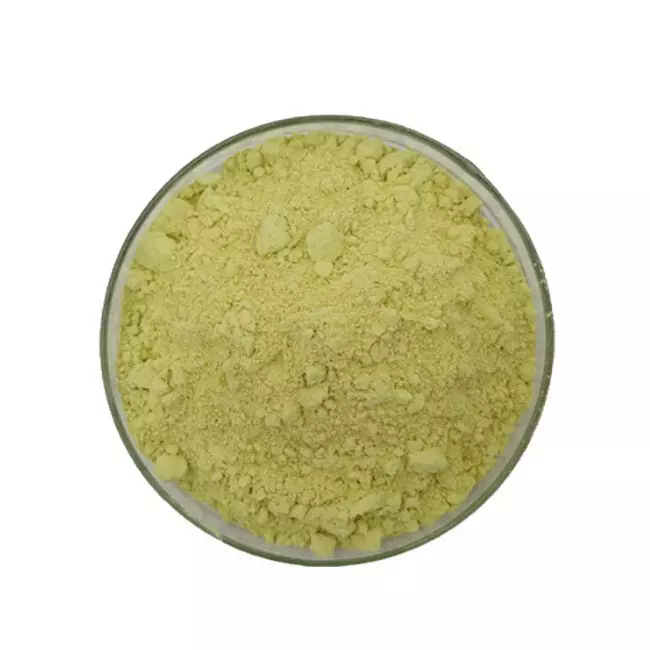 4-Chloro-2,3-dimethylpyridine 1-oxide 98%View Details
4-Chloro-2,3-dimethylpyridine 1-oxide 98%View Details -
 59886-90-7 99%View Details
59886-90-7 99%View Details
59886-90-7 -
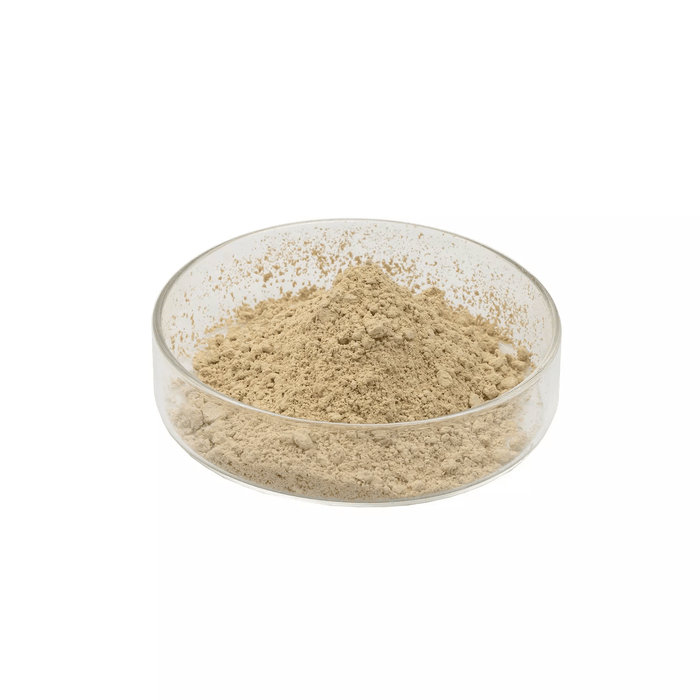 4-Chloro-2,3-dimethylpyridine 1-oxide 98%View Details
4-Chloro-2,3-dimethylpyridine 1-oxide 98%View Details
59886-90-7 -
 4-Chloro-2,3-dimethylpyridine N-Oxide CAS 59886-90-7View Details
4-Chloro-2,3-dimethylpyridine N-Oxide CAS 59886-90-7View Details
59886-90-7 -
 4-CHLORO-2,3-DIMETHYLPYRIDINE 1-OXIDE CAS 59886-90-7View Details
4-CHLORO-2,3-DIMETHYLPYRIDINE 1-OXIDE CAS 59886-90-7View Details
59886-90-7 -
 1975-50-4 98%View Details
1975-50-4 98%View Details
1975-50-4 -
 14714-50-2 (2-Hydroxyphenyl)acetonitrile 98+View Details
14714-50-2 (2-Hydroxyphenyl)acetonitrile 98+View Details
14714-50-2 -
 118753-70-1 98+View Details
118753-70-1 98+View Details
118753-70-1